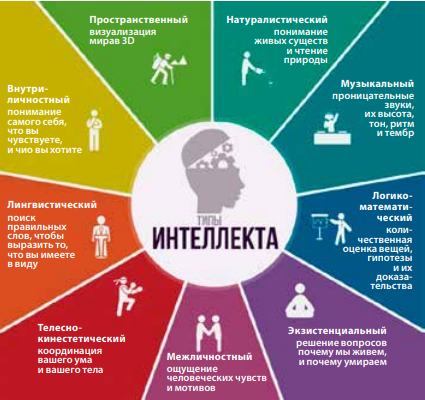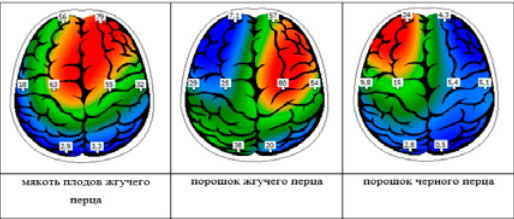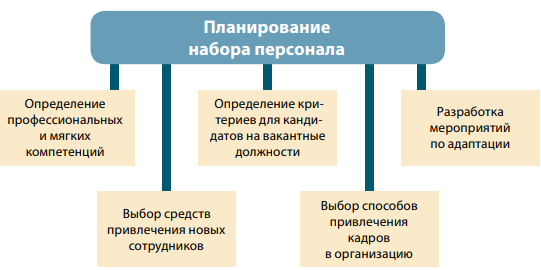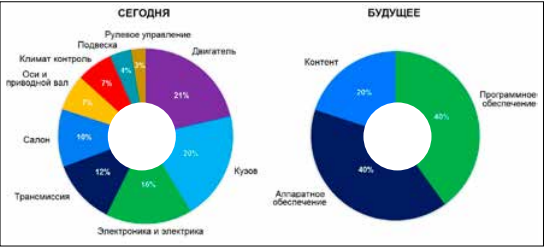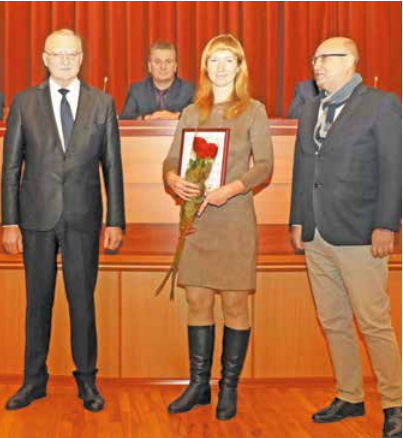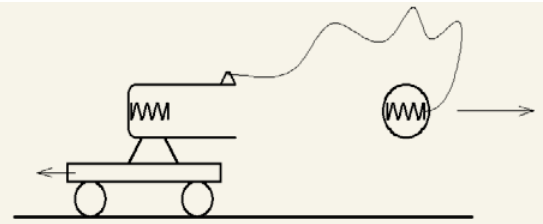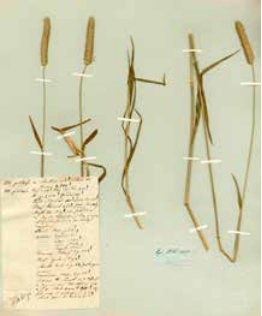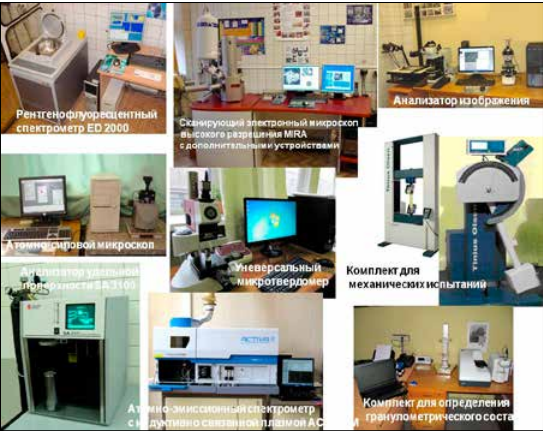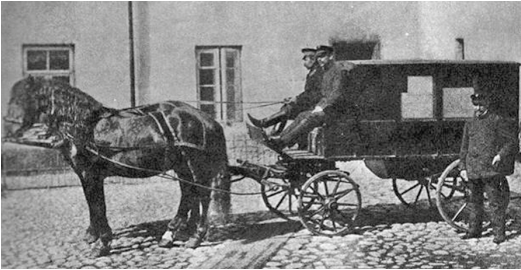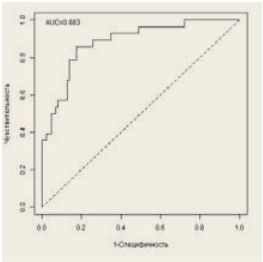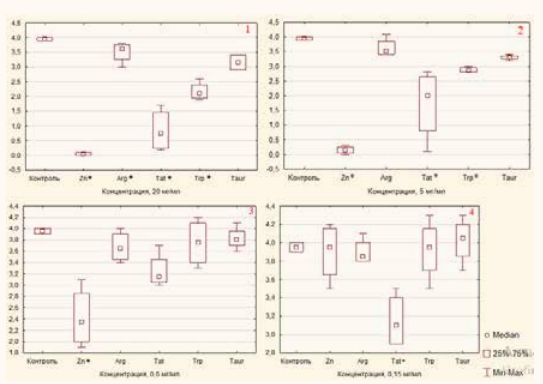Тема номера: МЕХАНИЗМЫ ЭМОЦИЙ: теории, гипотезы, практика
It’s the interview with the head of the Laboratory of neurophysiology, Institute of Physiology, National Academy of Sciences of Belarus, Candidate of Biological Sciences, associate professor Svetlana Pashkevich about the hormone influence on human emotions.
The article considers the study of emotions and emotional intelligence, as well as analyses their mutual influence. The main states and models describing the interaction of the emotional and intellectual spheres are also being considered.
By the example of taste reception, the authors consider the modern aspects and prospects for the use of neuroimaging technologies in research of the higher stages of sensory processes.
The author considers the formation of emotions and their significance for the scientific community members.
INNOVATION ECONOMY
The article considers the most important marketing components necessary for the successful operation of a scientific institution.
DIGITAL PERSPECTIVE
The authors consider the global trend of increasing the level of vehicle automation, focused on improving the efficiency and safety of cars, as well as the developments of the Joint Institute of Mechanical Engineering, National Academy of Sciences of Belarus, aimed at creating domestic driver assistance systems, in particular, an on-board information and analytical system.
OPEN DOORS
The section “Open doors” presents the achievements of the Institute of Experimental Veterinary Medicine named after S.N. Vyshelessky, which celebrated its 100th anniversary.
LABORATORY FOR HOPES
It’s the essay about Alexandra Serokurova, a laureate of the Zh. Alferov prize for young scientists of the National Academy of Sciences of Belarus, about her life choice and path to science, as well as why miracles are not fiction.
НАУЧНЫЕ ГИПОТЕЗЫ
The article considers a problem of self-motion and presents hypothetic relativistic isolated systems that can change their positions and momentum in space without interacting with surrounding bodies.
ИНФОЛИНИЯ
The article is devoted to the 100-year of the Herbarium of the Institute of Experimental Botany, National Academy of Sciences of Belarus, which is a scientific object recognized as a national treasure. In the interview, the senior researcher of the Institute Arkady Skuratovich mentioned the problems of history, preservation and replenishment of the collection.
The article is devoted to the 25-year work of the Testing Center of the Academician O.V. Roman Powder Metallurgy Institute, whose main task is to study metals, alloys, ceramic and composite materials and products for compliance with international and national standards.
HERITAGE
The article considers the emergency service formation in the context of historical events in Eastern Europe and around the world, the role of prominent individuals in its creation, as well as features that have survived to present day in the work of emergency service in our country and abroad.
DISSERTATION RESEARCH
The progressive course of lower extremity arterial disease (LEAD) inevitably leads to the development of intermittent claudication, critical ischemia, and gangrene. If a patient shows signs of critical ischemia and trophic disorders, he should undergo revascularization surgery. The development of reocclusion may be observed in the early period following the surgery. The aim of the work was to develop and validate a prognostic model of the results of revascularizing surgeries below the inguinal ligament. The study involved 133 patients with chronic arterial insufficiency of stages II B, III and IV according to Fontaine-Pokrovsky classification. 92 patients underwent open surgeries and 41 underwent endovascular surgeries. To build a prognostic model, 244 criteria were analyzed. The final model was built on the basis of such criteria as surgery type, levels of total cholesterol, homocysteine, cysteinylglycine, ankle brachial index increase, and diameter of the common femoral artery. This prognostic model has the following characteristics: Se = 85.71%, Sp = 82.56%, Acc = 83.33%
Biologically active substances (BAS) (tryptophan, zinc aspartate, arginine, tatipacin, taurine) have modulating effects on the metabolism of microorganisms in vitro. The study found that biologically active substances have dose-dependent effects on the metabolic activity of bacteria in planktonic form. Daily incubation of bacteria in the presence of a high concentration of biologically active substances (1200–20 000 μg/ml) led to a decrease in the number of planktonic forms. BAS concentrations in the range of 600–150 μg/ml did not have an inhibitory effect on microorganisms. All test substances at a concentration of 150 μg/ml promoted the growth of E. coli strains. Dose-dependent effects of biologically active substances were also observed in relation to bacteria in biofilms. Zinc aspartate at a concentration of 2500 µg/ml has a bactericidal effect on S. aureus and E. coli in monobiofilms. The identity of metabolic flows leads to competition between body cells and microorganisms for nutrient substrates, which is important in the development of the infectious process, and also indicates the need to study the effects of biologically active substances in animal models.
ISSN 2412-9372 (Online)



